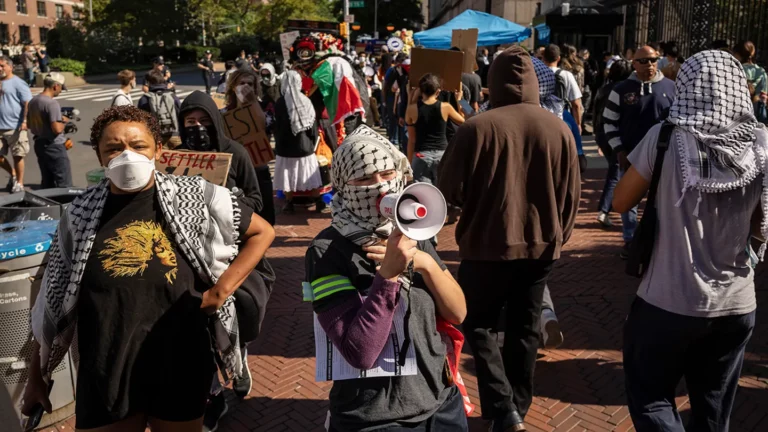Israel’s Health Ministry officials are concerned about the high rate of morbidity in Chareidi areas, with data showing that 20% of the active coronavirus patients are from Chareidi communities, with the infection rate in Chareidi areas much higher than other areas of the country, Kan News reported on Wednesday morning.
The IDF’s Coronavirus National Information and Knowledge Center conducted a comprehensive study and analysis of the morbidity data for the five Chareidi cities of Bnei Brak, Elad, Beitar Illit, Modiin Illit and Beit Shemesh “following the high rate of infection rates in the Chareidi sector in the past week.”
According to the report, about 14% of the new coronavirus cases diagnosed this week were from the above-mentioned cities.
The report also warned of high rates of infection in the Chareidi neighborhoods of Jerusalem, Ashdod, Netanya, Tzfat and Tiveria.
The report warns that the high density of the population in these cities, the difficulties of self-quarantining, and the close ties between the various Chareidi cities and neighborhoods require a firm and immediate response regarding enforcement, quarantine, information campaigns and assistance to the population in order to swiftly halt the spread of the virus.
The special government committee designated to make decisions on restricted zones, the Ministerial Committee on Declaring Restricted Zones, met on Tuesday night and agreed to declare Elad and Kiryat Sanz in Tiveria as restricted zones.
The committee is meeting again on Wednesday and is reportedly considering declaring the cities of Modiin Illit and Bat Yam as restricted zones.
(YWN Israel Desk – Jerusalem)












7 Responses
80% of the patients are not from chareidi areas.
They are sick or they tested positive for anti-bodies? there’s a big difference.
I went to the Kossel yesterday. I saw chassidim, one after the other kissing the kossel. All it takes is one infected person to infect tens. המבין יבין
I live in Jerusalem charadi area. I do NOT go to the beis medresh nor daven in shul. Why? because there are too many people, too close and few wear masks.
I am older guy and really hope the virus passes but the way I see charadim act, it is only getting worse.
A small yeshiva near me closed down after 4 of the bochrim came down with the virus.
I just want to understand this story.
The Chareidi community is around 10% of the Israeli population. So what’s the big deal about 14% of new cases being Chareidi? Perhaps 20% of ‘active patients’ is a cause for concern. But even then — it’s not widely out of sync with their percentage of the population. If 14% of new cases are Chareidi, then 86% are NOT Chareidi. If 20% of active cases are Chareidi, then 80% are NOT Chareidi.
That sounds roughly in proportion to the Chareidi population (taking the votes received by the three Chareidi parties as guide to the nuber of Chareidim, and adjusting the number upwards since a higher proportion of Chareidim are too young to vote, plus that more Chareidim vote for non-Chareidi parties than the reverse).
Hi! Chareidim have bigger families, so of course…..
I don’t know why the world is out against the chareidim. I was in the center of Yerushalayim today, and saw plenty of non chareidim either not wearing masks, or not doing social distancing.
I see most chareidim following the rules.
Once I was on a bus without a mask.( I’m patur from masks because of a medical condition, as long as I’m careful about distancing.) A non frum old lady came up to me calling me chutzpadik for not wearing a mask. Meanwhile, there were a number of chiloni teenagers on the bus not wearing masks.
I got on a bus recently with no mask. The driver started yelling at me, nearly cursing me to put a mask on.
Other people got on with no masks and he said nothing. Reason being, they are chiloni, and I am a chareidi “who are responsible for the spread of corona”.
There’s got to be a balance between not getting trampled on, and not making a chillel Hshem.
Hshem yaazor